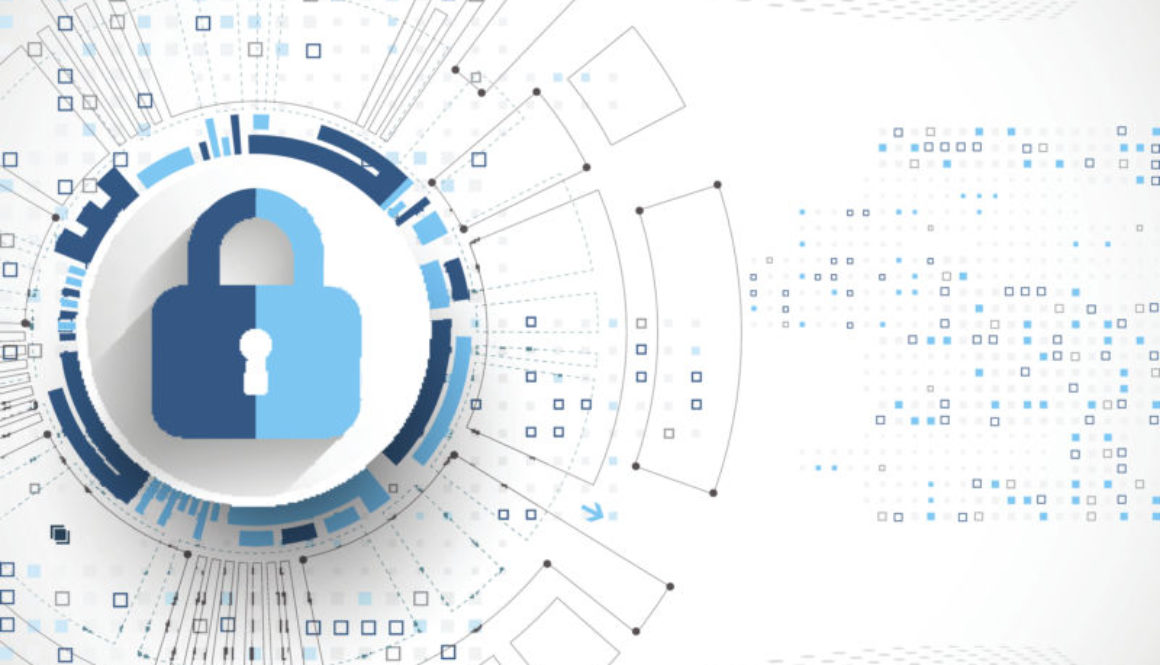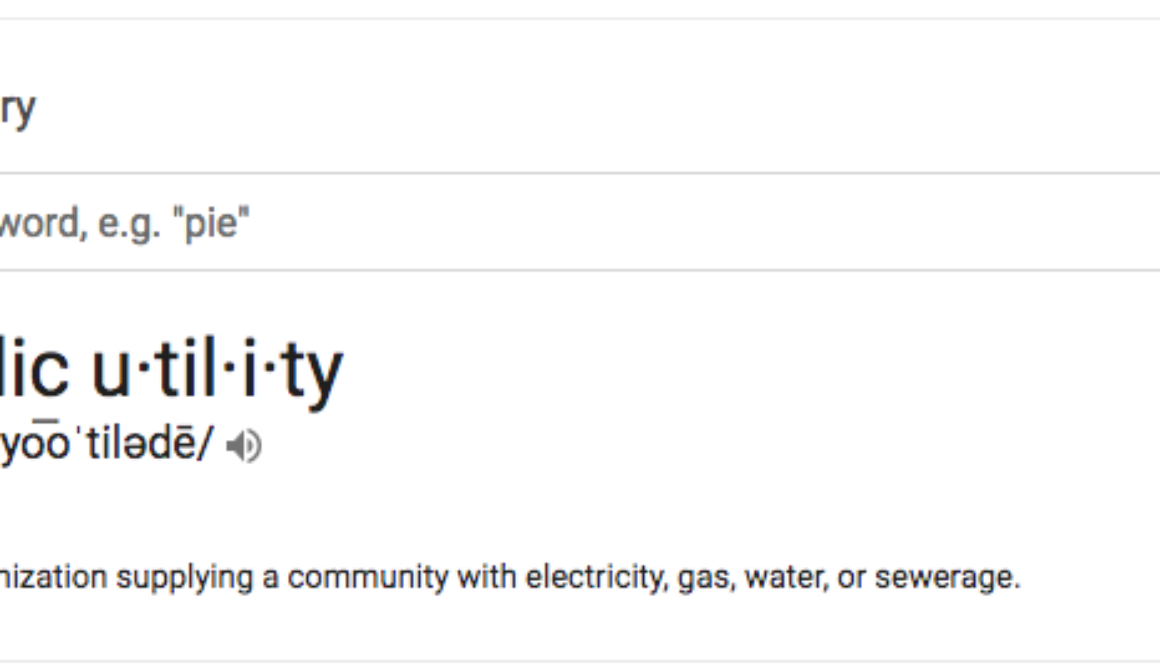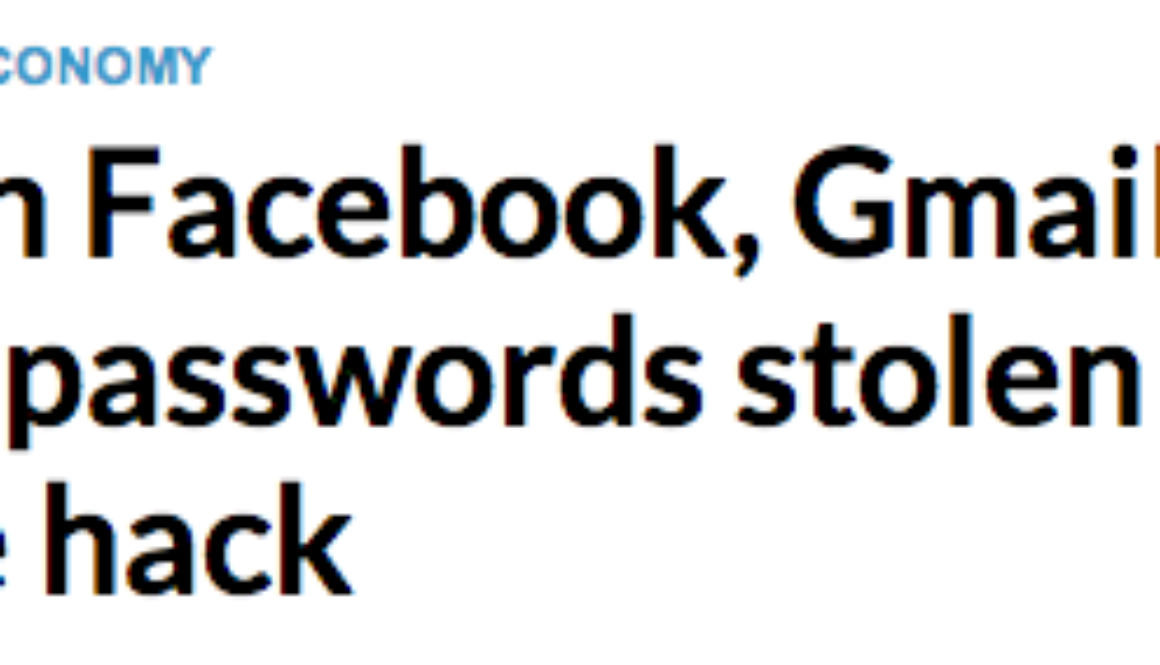Privacy for Sale
Your privacy is being attacked yet again as the bill passes to allow the sale of your browsing history. Check out the Senate roll call list and the House list to see where your representatives stood on the issue.

Your privacy is being attacked yet again as the bill passes to allow the sale of your browsing history. Check out the Senate roll call list and the House list to see where your representatives stood on the issue.

As you may have recently heard, Twitter and Facebook are in the news due to their recent grilling on Capitol Hill. What is interesting to me about this, regardless of how you feel about the companies and the services they provide, is that not being public utilities they are not susceptible to government regulation. Rather, they […]
I missed posting last month because a lot was happening! Of course, for everyone who is involved with technology and data at a global level, we have all been touched in some way by GDPR. I know my inbox was flooded with emails on the changes to everyone’s privacy policies and probably yours was, too. […]
Boing-Boing on Theresa May and Internet privacy. “Use deliberately compromised cryptography, that has a back door that only the “good guys” are supposed to have the keys to, and you have effectively no security. You might as well skywrite it as encrypt it with pre-broken, sabotaged encryption… Theresa May doesn’t understand technology very well, so […]

“SOON, FOREIGN VISITORS to the United States will be expected to tell U.S. authorities about their social media accounts. U.S. Customs and Border Protection wants to start collecting ‘information associated with your online presence’ from travelers from countries eligible for a visa waiver, including much of Europe and a handful of other countries. Earlier this […]
I think one of the things people fail to realize about the possibility of this Apple backdoor is that it not only has implications for us as Americans, but also for people all over the world. Consider what doing this would mean for people who live their daily lives in danger when the only protection […]
My readers, please take a moment to read all of the TOS in every single social app you have downloaded and used over the last year. This includes all of the updated TOS you automatically agree to because you’ve already had it installed. They ALL ask for some setting you’re not going to be comfortable […]

Being the 2-factor security person that I am, I know many of you have probably read about Facebook, GMail, and Twitter passwords being hacked. Though you can’t do much about that (other than not have accounts with those services of course), there are steps you can take to keep those accounts secure even if someone […]
The podcast I created for SXSW Interactive has finally been posted. You can find it here on the extended content page (bottom of the page). Or you can listen to it directly here. This was the first podcast I have ever recorded and I did it all in one take! Transcript is below! Have you […]
(originally posted in my cyber-anthro community on LJ May 30th 2007) Paying customers versus advertisers and free speech versus internet watch dog groups, this is the tangled web our very own Livejournal has found itself in lately. The crux of the issue is not necessarily that Livejournal deleted several journals arbitrarily because of terms contained […]